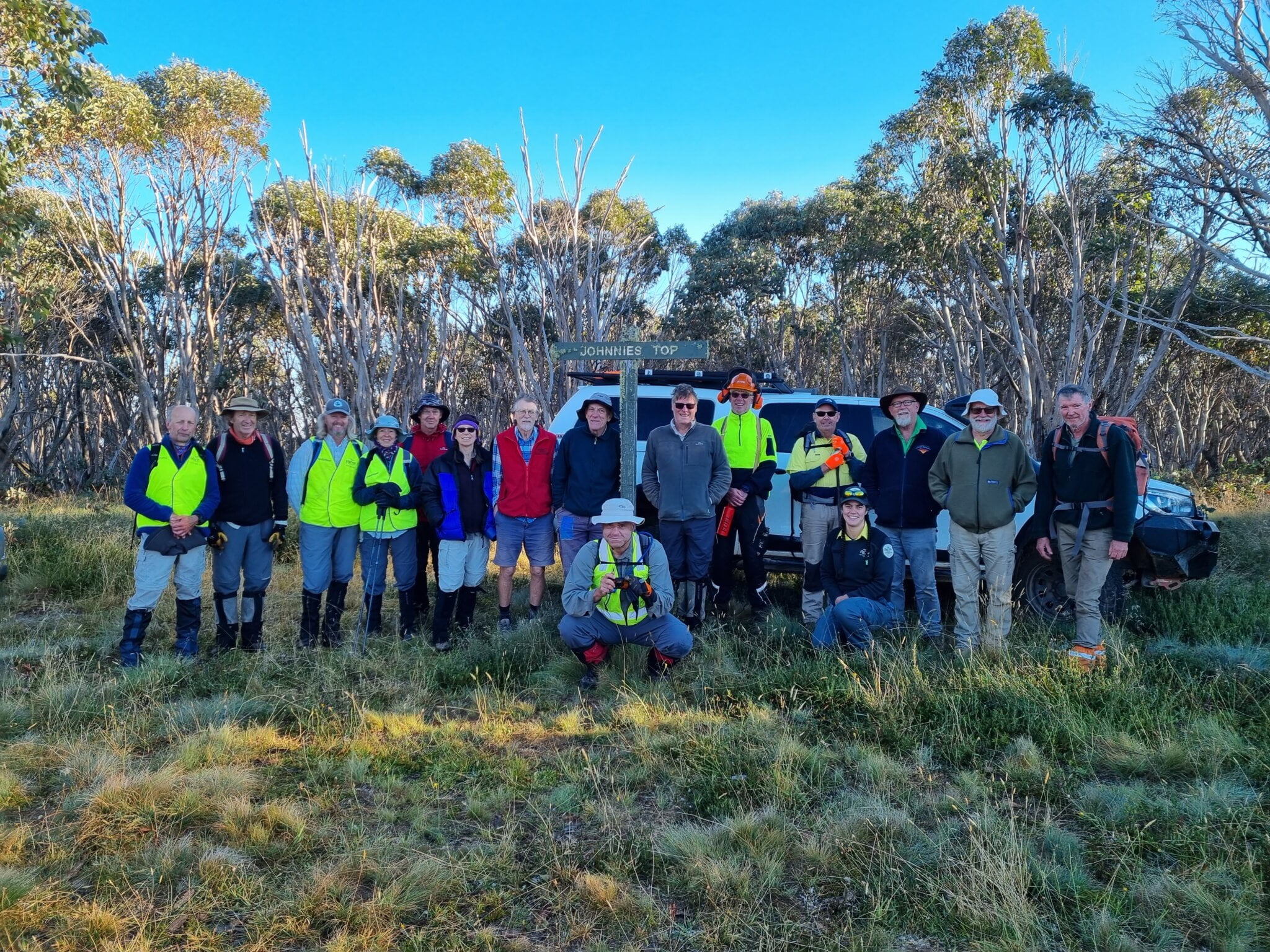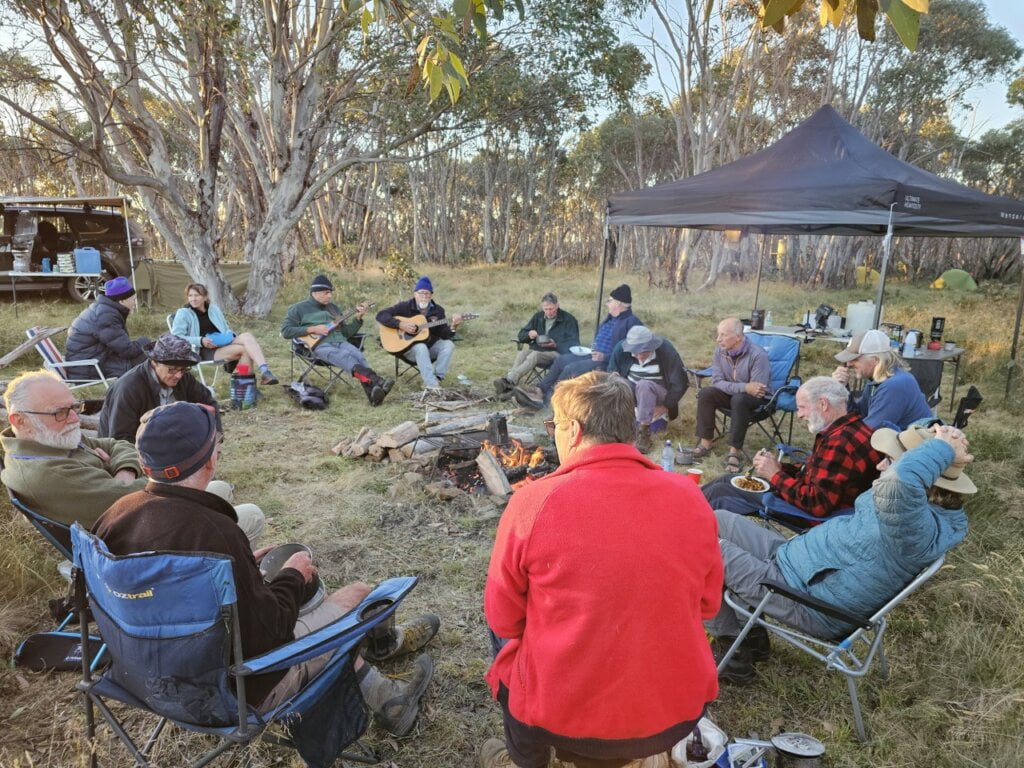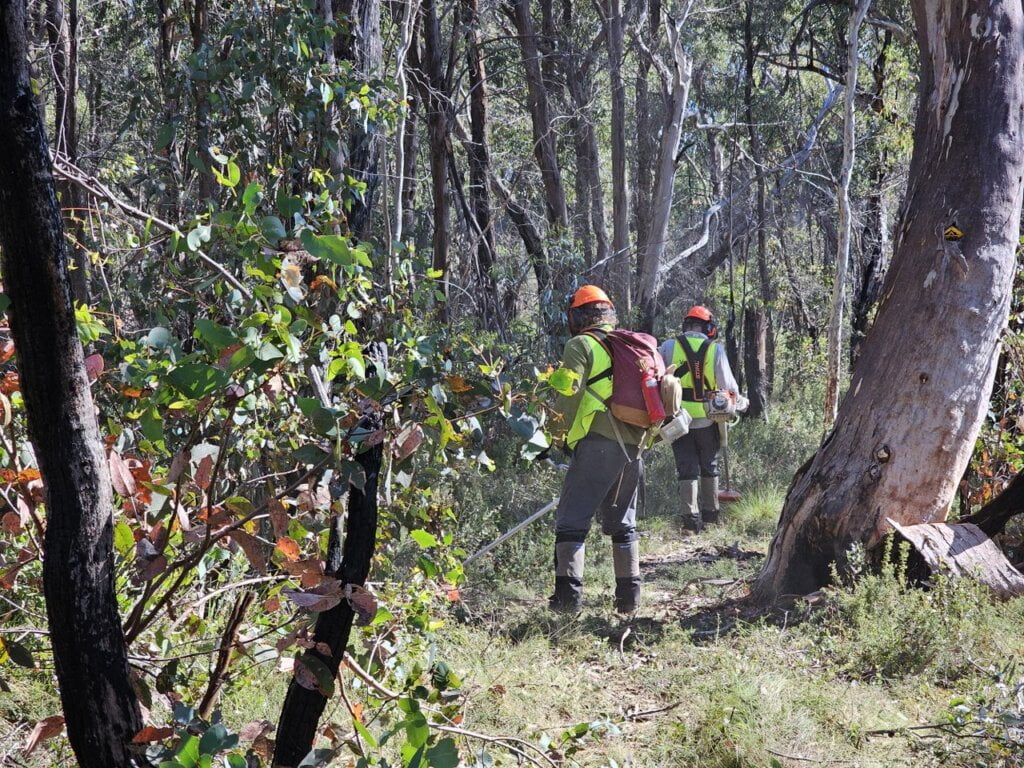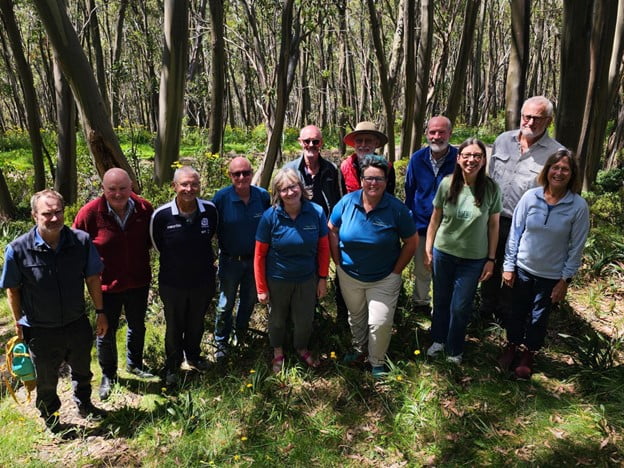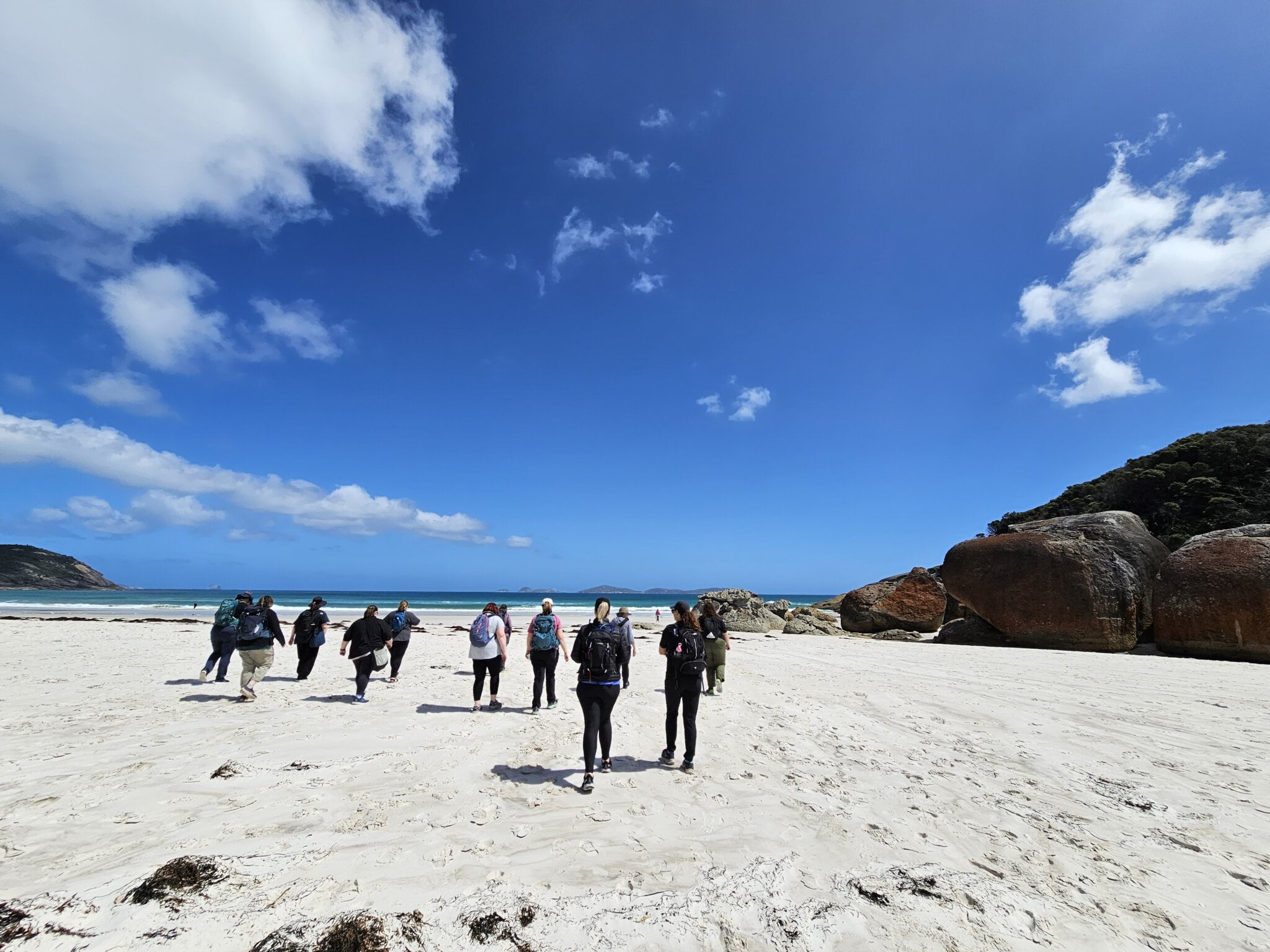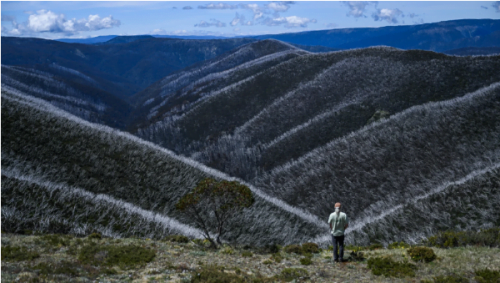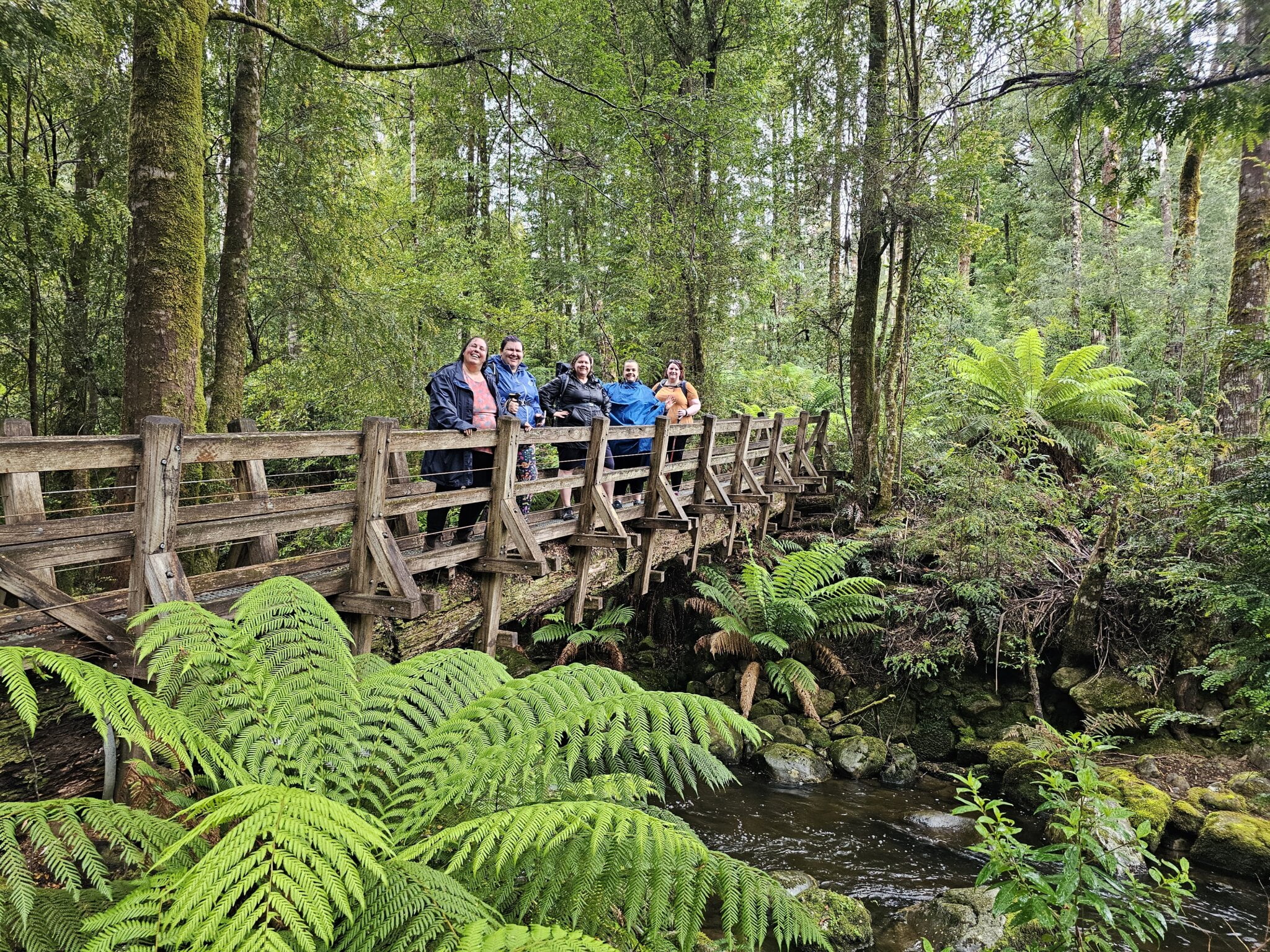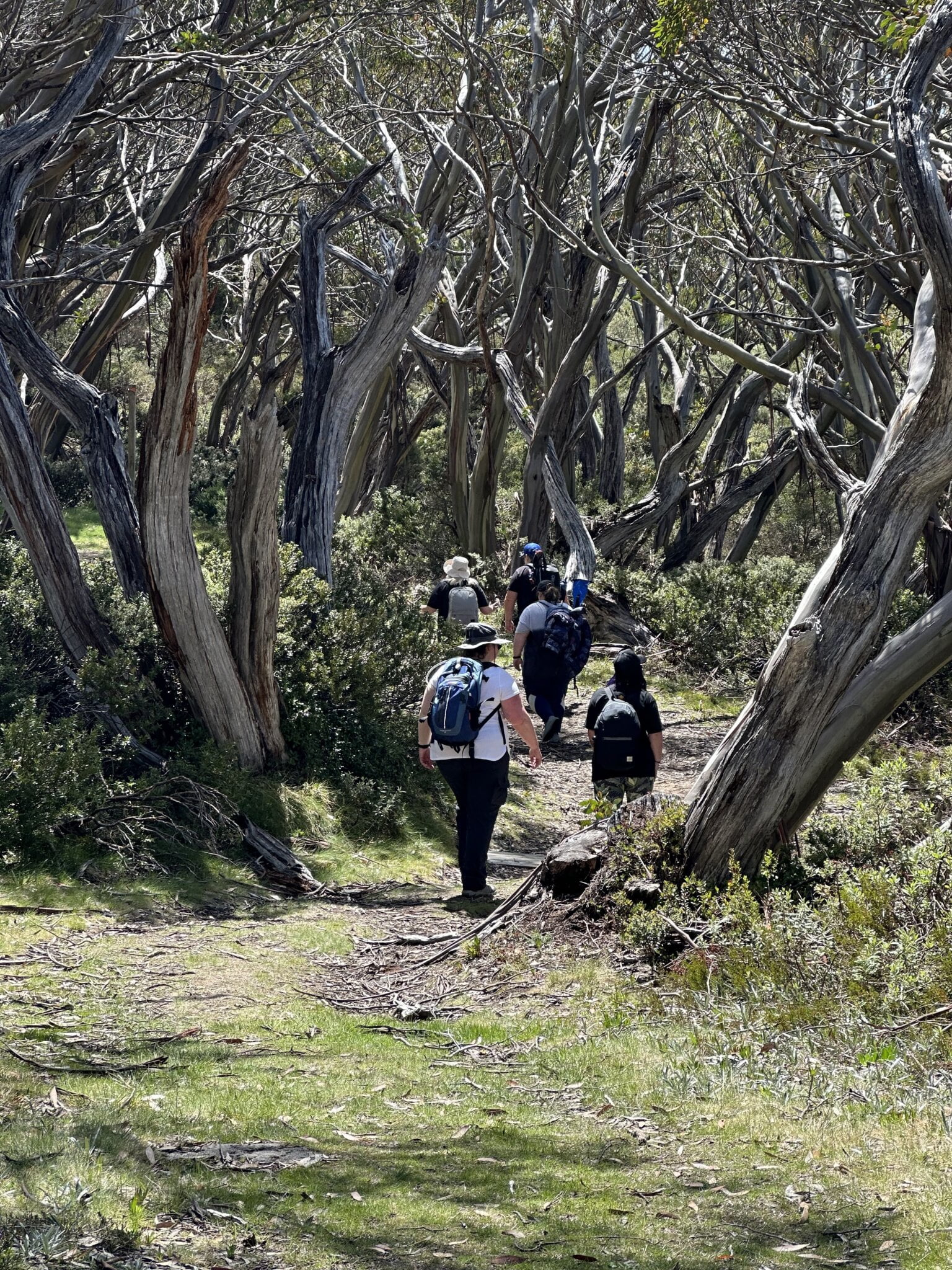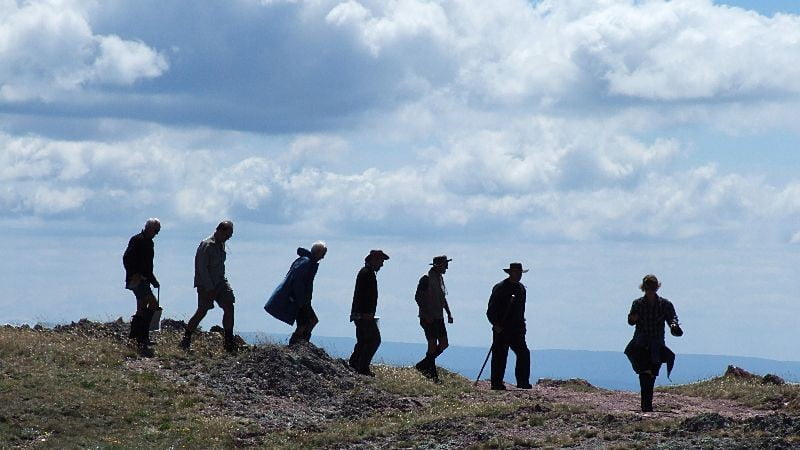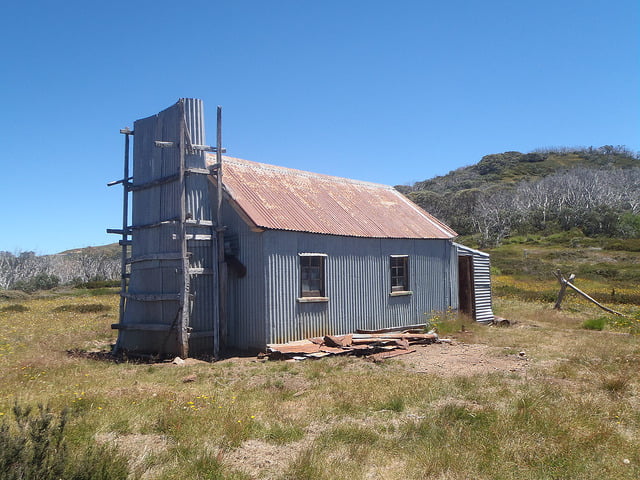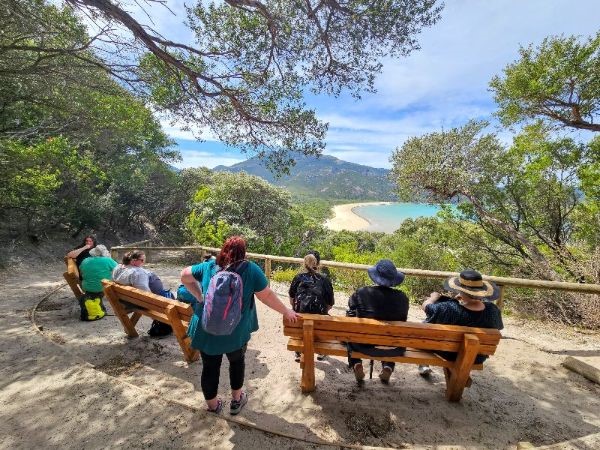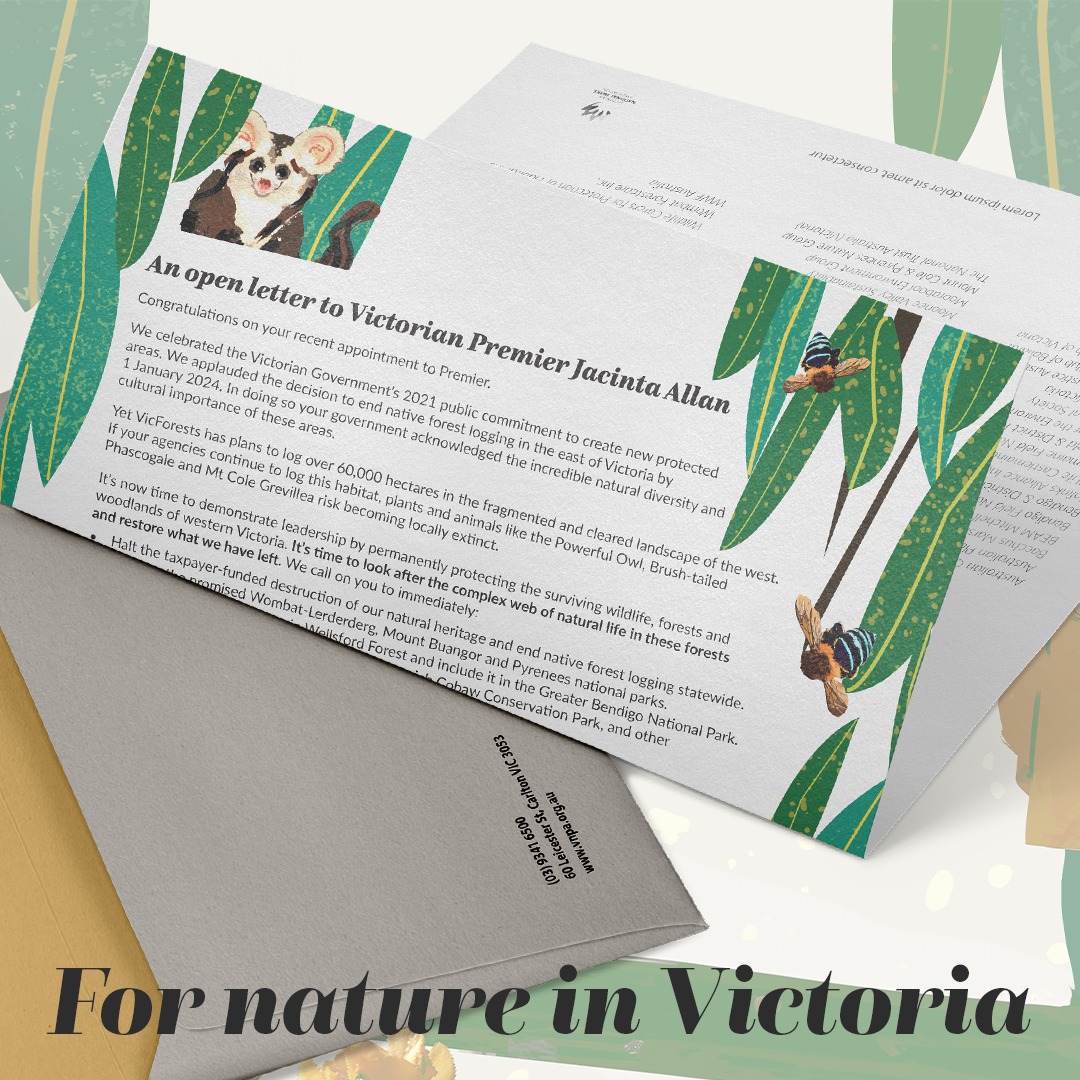
As this year marks the 90th anniversary of Bushwalking Victoria (formerly known as the Federation of Victorian Walking Clubs) we’re looking back on the history of recreational walking to acknowledge the early pioneers who paved the way for the hugely popular pastime that we enjoy today.
The exploration of inland Victoria began in 1824, when Hume and Hovell blazed a trail from present-day Albury to Port Phillip. While avoiding the snow-covered highlands, which they called the South Australian Alps, they saw a mountain that reminded them of a resting buffalo: thus a notable Victorian peak was named.
Twelve years later, Major Mitchell travelled across Western Victoria, followed by McMillan (1839), Strzelecki (1840) and Tyers (1840) who each traversed some of the remaining unknown area. By the end of that decade, the general picture of Victoria’s topography had been laid out; from then on it fell to miners, graziers and others to fill in the details.
After migrating to Australia in the late 1840’s, the botanist Baron von Mueller embarked upon four extended expeditions around Victoria. Von Mueller was a definitive outdoorsman. During his journeys of discovery, he covered hundreds of kilometres on foot; he was first to ascend many Victorian mountains; he forded rivers and camped in untouched forests; he explored remote and scenic wilderness areas, including the alps from Mount Hotham to Mount Kosciusko. It has been suggested that, if Victorian bushwalkers were to seek a patron from history, von Mueller would be the likeliest contender.
In the mid-19th century, settlers gradually moved into the region surrounding Mt Buffalo; their enthusiastic descriptions of the mountain’s steep spurs and dense forest sparked the interest of others. Locals began to act as guides, leading individuals and small groups to see the massive granite tors, snow gums and clearings carpeted with snow grass. Visitors to the Horn, the Hump and the Cathedral spent long days in the saddle or on foot, followed by freezing nights in camp, so a simple lodging house was built in 1881.
The Bright Alpine Club was formed in 1888 for those keen to explore the alpine region around the township; snowshoes were used for winter ascents. When the club publicised areas such as Hotham and Bogong in Melbourne newspapers, interest in mountain excursions snowballed. Trains to Bright were scheduled to meet the demand – the popularity of bushwalking blossomed!
In June 1894, a group of men met in Melbourne to form Australia’s first walking fraternity. The all-male Wallaby Club was established as “…an assembly of good fellows, fond of walking – not in the athletic sense, but as a means of reasonable outdoors enjoyment that would be conducive to health, conversation and good companionship.”
Notwithstanding the antiquated restriction on female members, we think that description pretty much stands true to this day!
The Melbourne Amateur Walking and Touring Club (now the Melbourne Walking Club and longest standing member of BWV) was formed just four months later and the rest, as they say, is history.
Source: ‘The Scroggin Eaters: A History of Bushwalking in Victoria’, Graeme Wheeler (1991)
